Sundays are always special in our home because it means family lunch. This Sunday, we had something that brought me back to my mom’s roots, dinengdeng with labong (bamboo shoots), padpadol (winged beans), and gabi (taro).
My mom is an Ilocana, and if there’s one thing about Ilocano cooking, it’s that they love vegetables. Most of the dishes are simple, made from what you can find in the mountains or gardens.
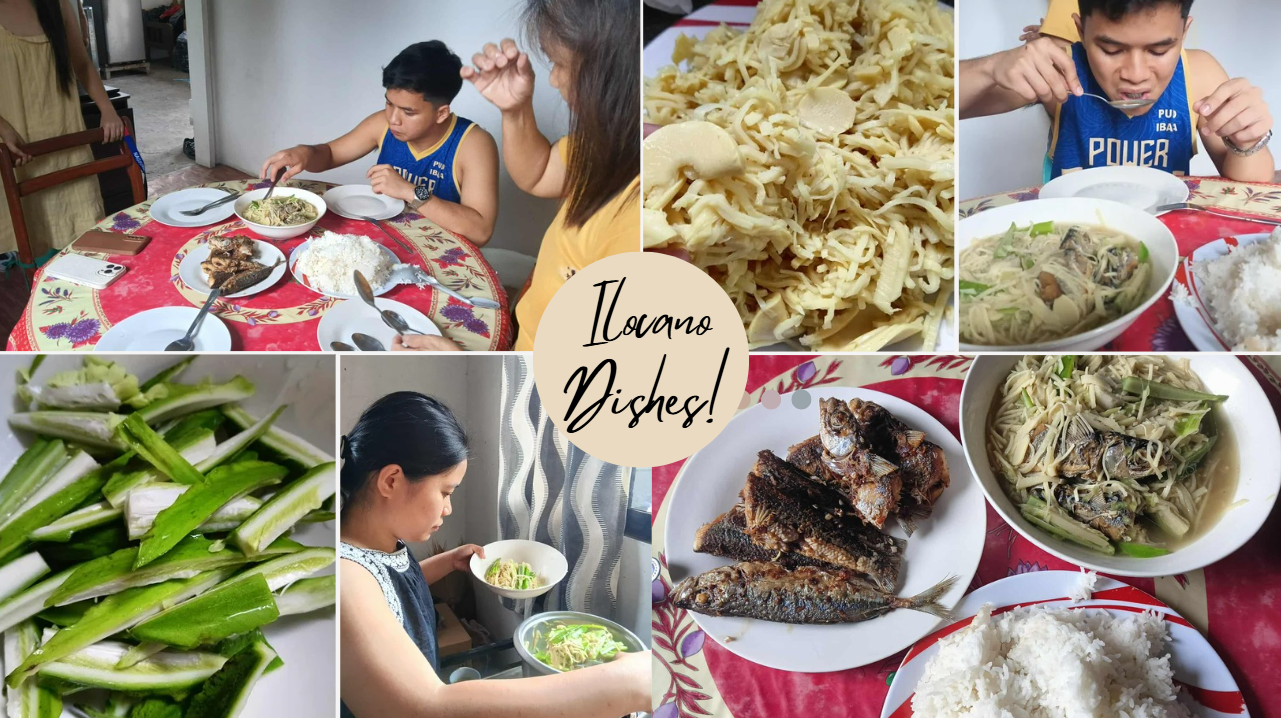 Early in the morning, my mom went to the town market to buy vegetables. She was lucky because some Aetas came down from the mountains to sell fresh produce. These are not always available, so whenever she sees labong, padpadol, or gabi, she makes sure to buy them.
Early in the morning, my mom went to the town market to buy vegetables. She was lucky because some Aetas came down from the mountains to sell fresh produce. These are not always available, so whenever she sees labong, padpadol, or gabi, she makes sure to buy them.
When she came home, I already knew what we were going to have for lunch.
Dinengdeng is one of those dishes my parents often cook, and it’s always best with fried fish on the side.
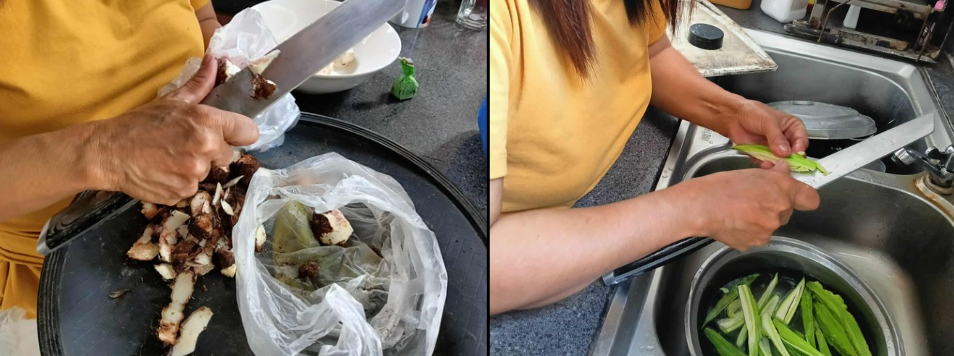 -Prep everything first. Peel and cube the taro. Slice padpadol into strips. Slice labong into bite-size pieces. Fry the fish until crispy (if not already fried).
-Prep everything first. Peel and cube the taro. Slice padpadol into strips. Slice labong into bite-size pieces. Fry the fish until crispy (if not already fried).
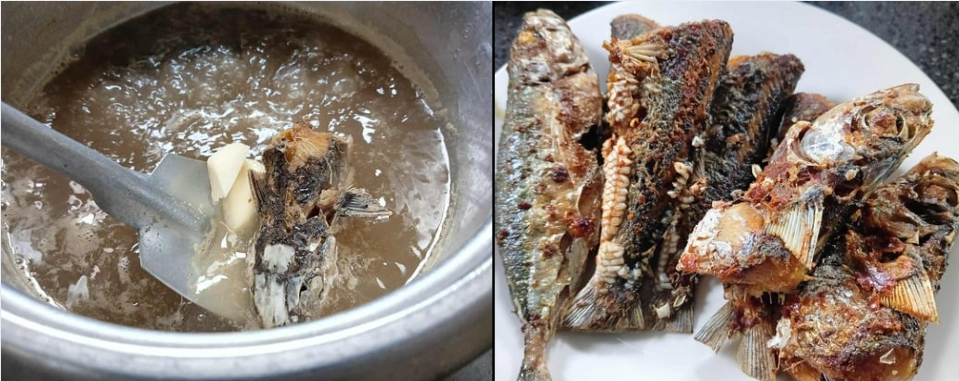
- Boil the water. Put 6 cups water in a pot and bring to a boil.
- Add the fried fish. Drop the fried fish pieces into the boiling water. Let it simmer 8–10 minutes so the fish flavor comes out into the broth.
- Add the gabi. Put the gabi cubes into the pot first (they take the longest). Let them cook about 8 minutes until they begin to soften.
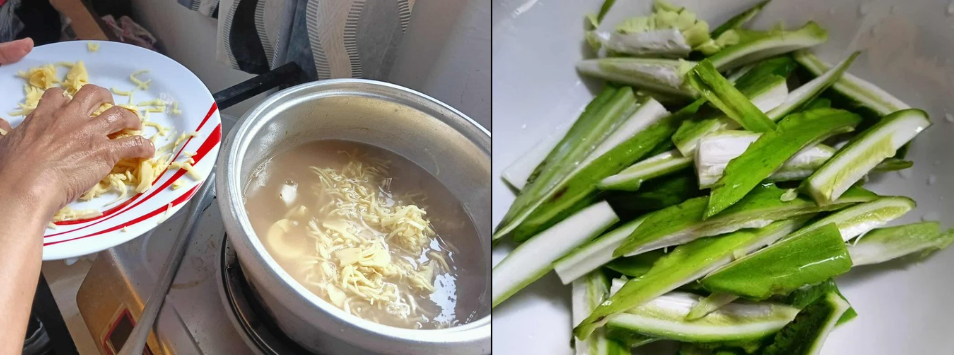
- Add labong and padpadol. Add the labong, then the padpadol. Simmer together for another 4–6 minutes. You want the vegetables tender but not mushy.
- Season.Taste the broth. Add a little salt, fish sauce, or a spoon of bagoong to make it savory. If using bagoong, dissolve a small amount in a little broth first, then mix — it’s salty, so add slowly. Add leafy greens last (optional).If you have malunggay or kangkong, add them in the last 1–2 minutes so they stay fresh and green.
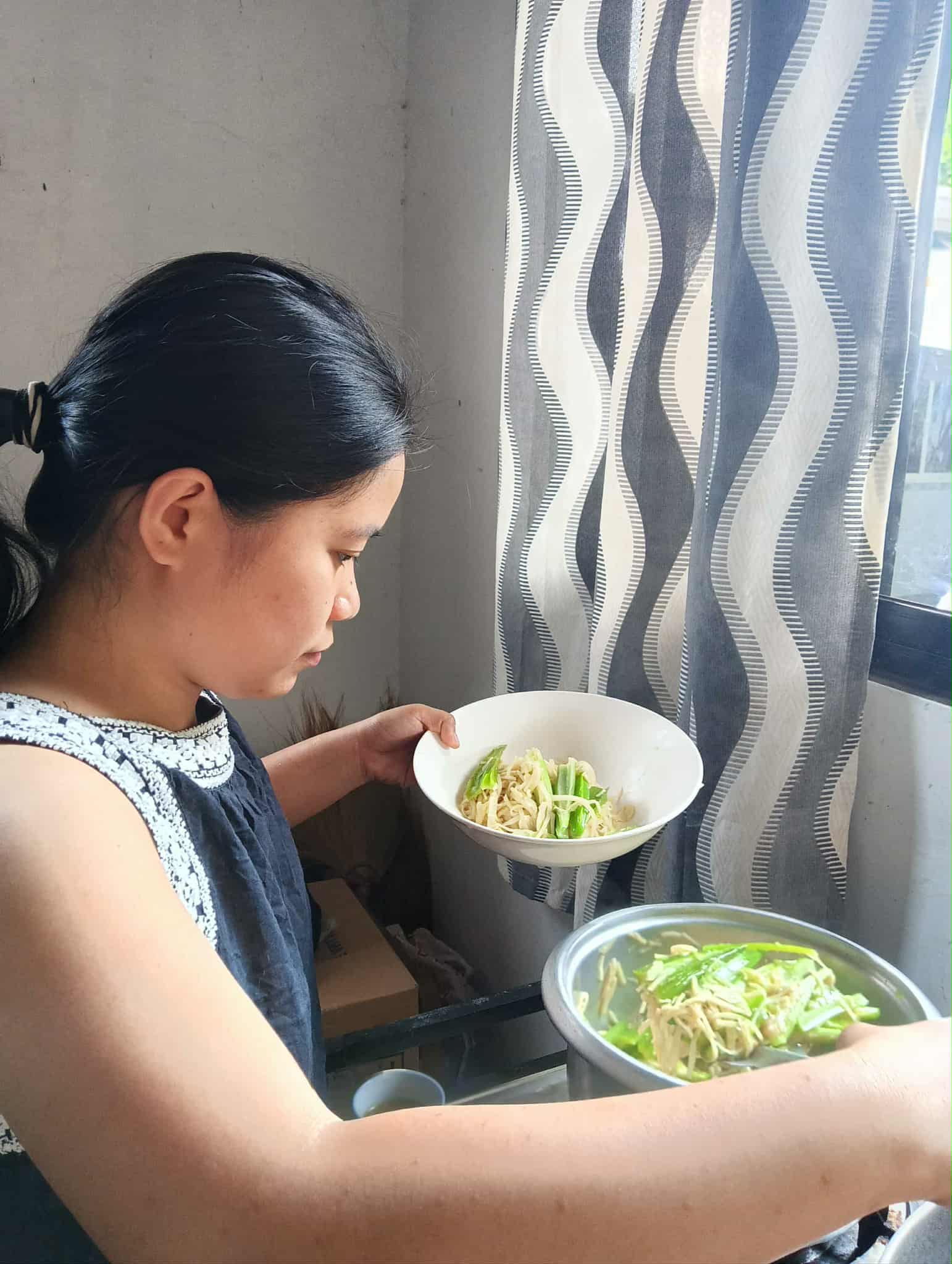 - Turn off heat and serve hot.
- Turn off heat and serve hot.
Serve with steamed rice and extra fried fish on the side. Dinengdeng is best when hot.
Quick Tips • Don’t overcook padpadol — it should keep a little crunch. • If gabi causes itchiness while peeling, rinse hands and tools well; cooking removes the itch.
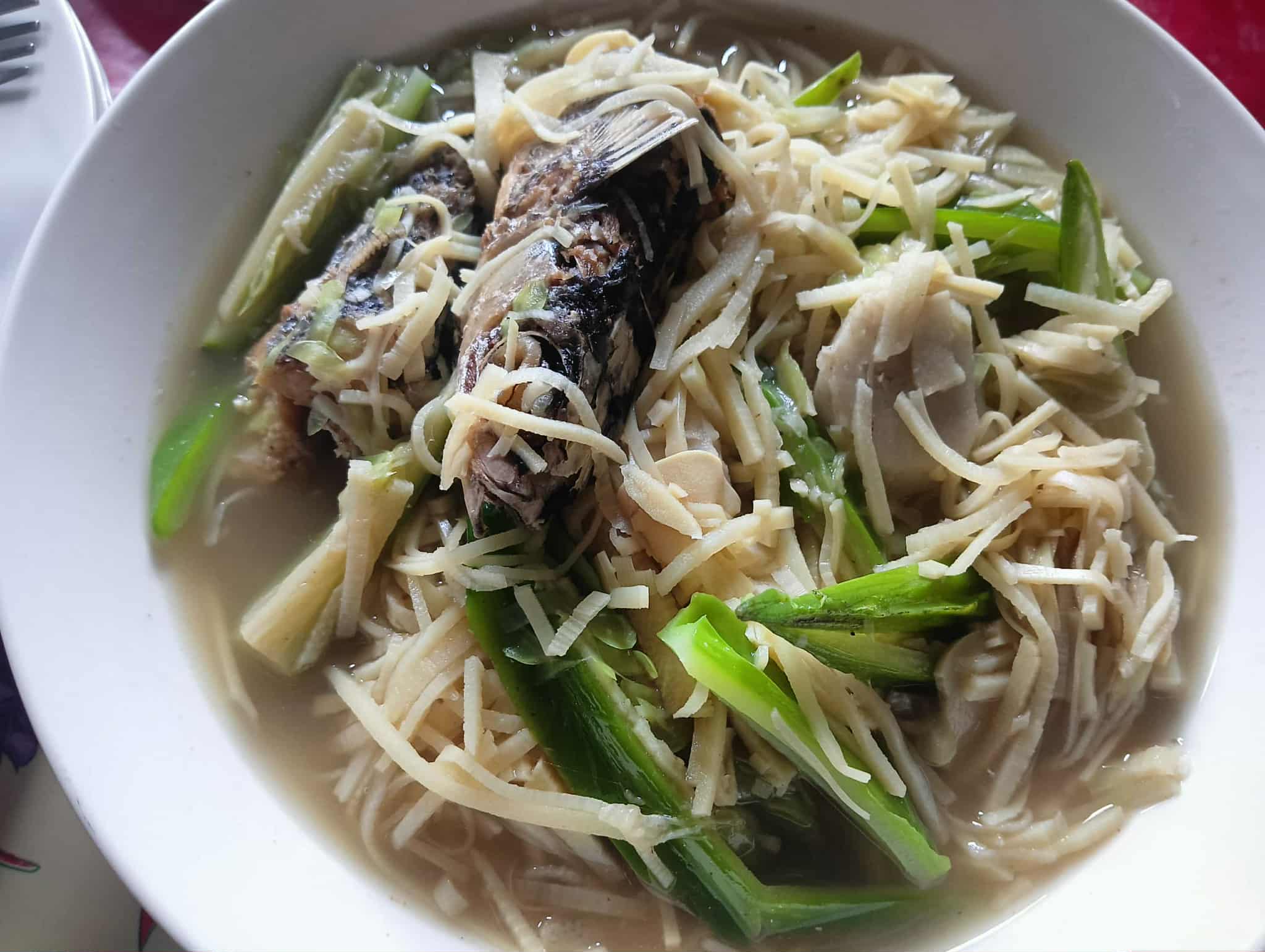
• If labong tastes bitter, boil it a bit longer or rinse before cooking. • Add bagoong slowly — it’s very salty. Taste as you go.
There — simple and easy. If you want, I can turn this into a printable recipe card or add exact measurements for a bigger crowd. Want that?
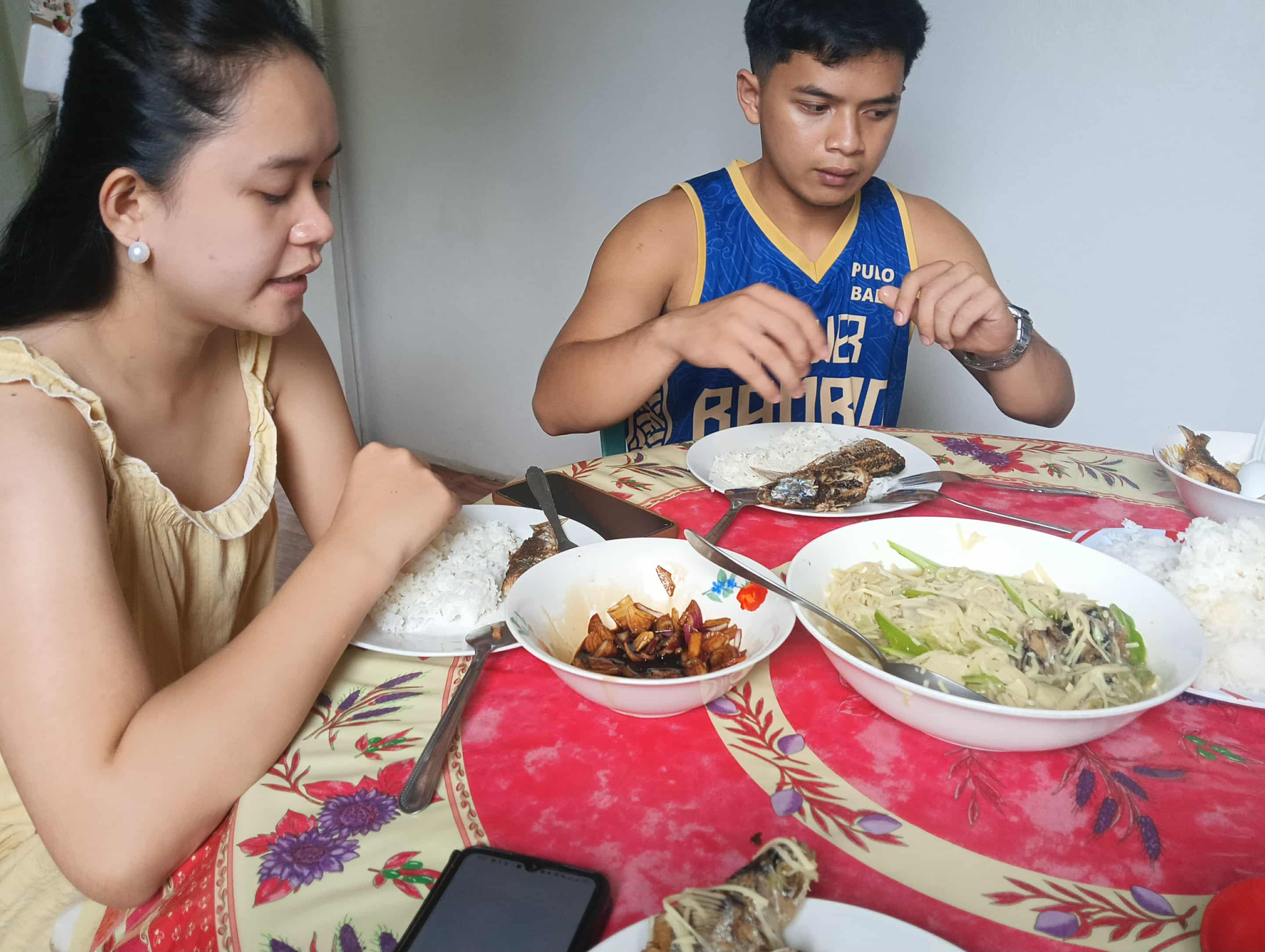
When we sat down for lunch, the smell alone made me excited. The broth was savory, the gabi gave it a creamy taste, and the labong added a nice nutty flavor. The padpadol balanced everything with a fresh crunch. And with fried fish and a plate of rice—grabe, ang sarap!
It’s the kind of food that feels simple but satisfying. You can eat it over and over and never get tired of it.
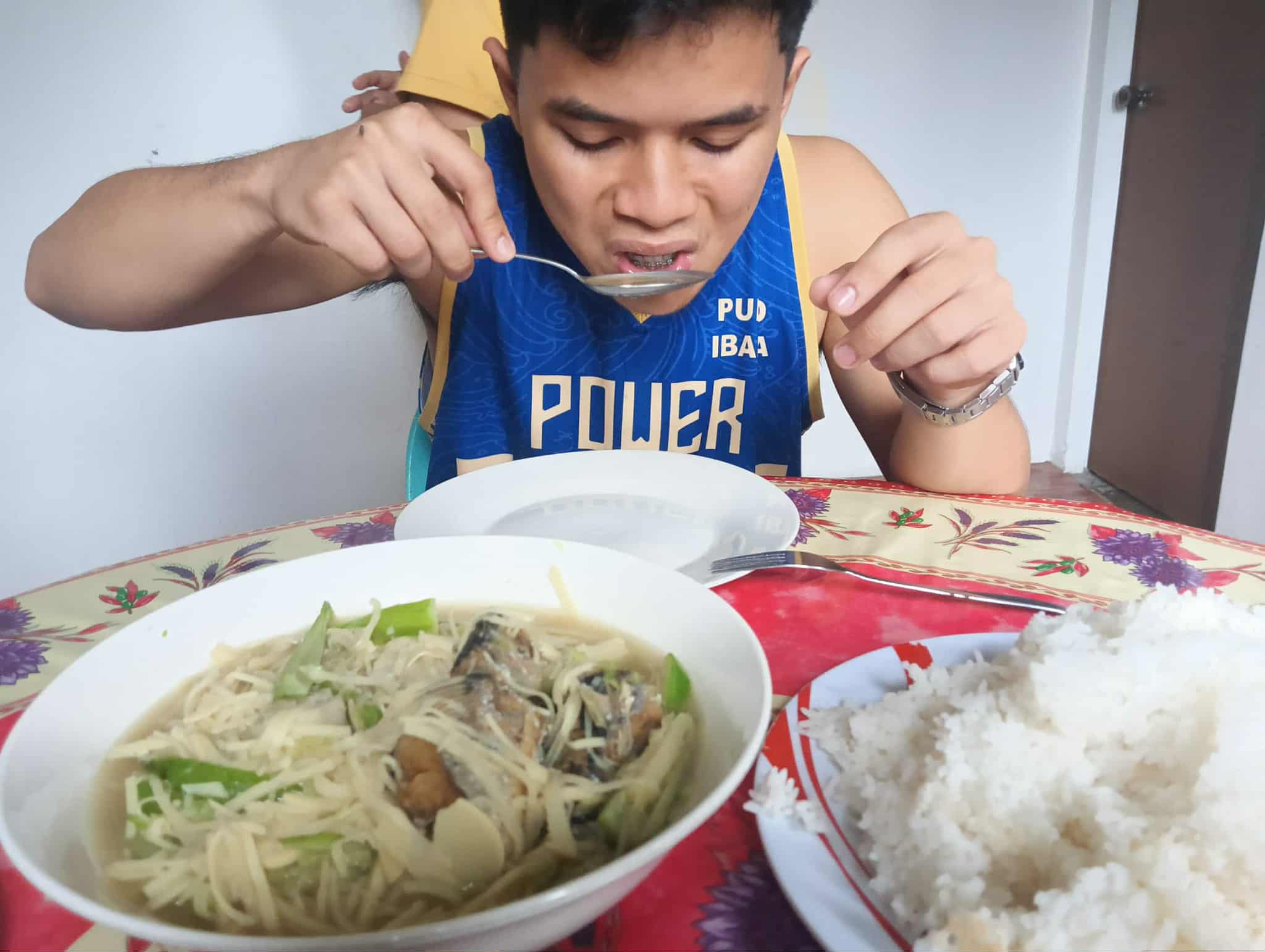
For me, this Sunday lunch was more than just a meal. It was a taste of home, a reminder of family, and proof that the simplest food can sometimes be the most meaningful.
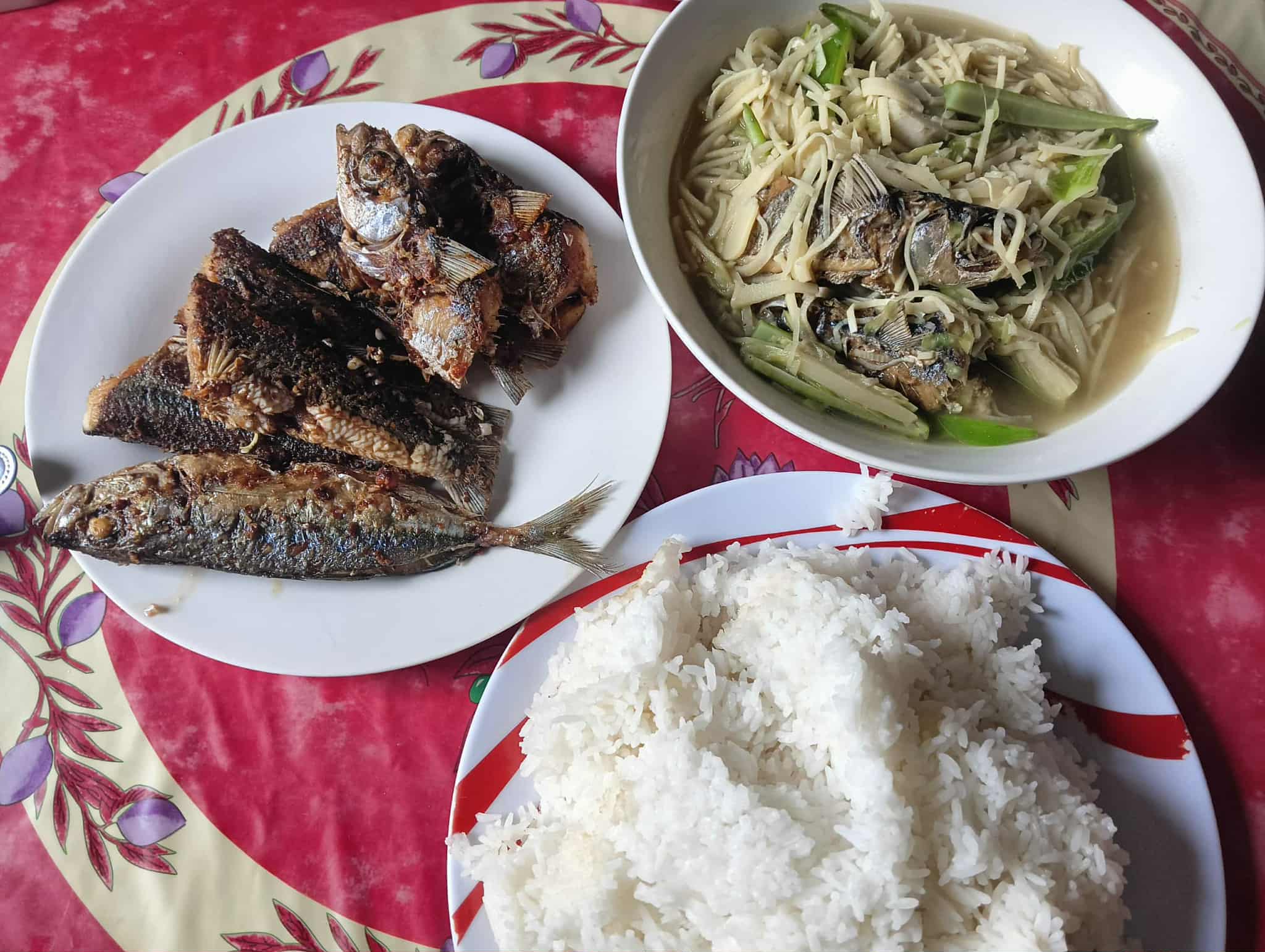 Dinengdeng with labong, padpadol, and gabi will always be one of those dishes that I will never get tired of eating—especially on a Sunday with family.
Dinengdeng with labong, padpadol, and gabi will always be one of those dishes that I will never get tired of eating—especially on a Sunday with family.